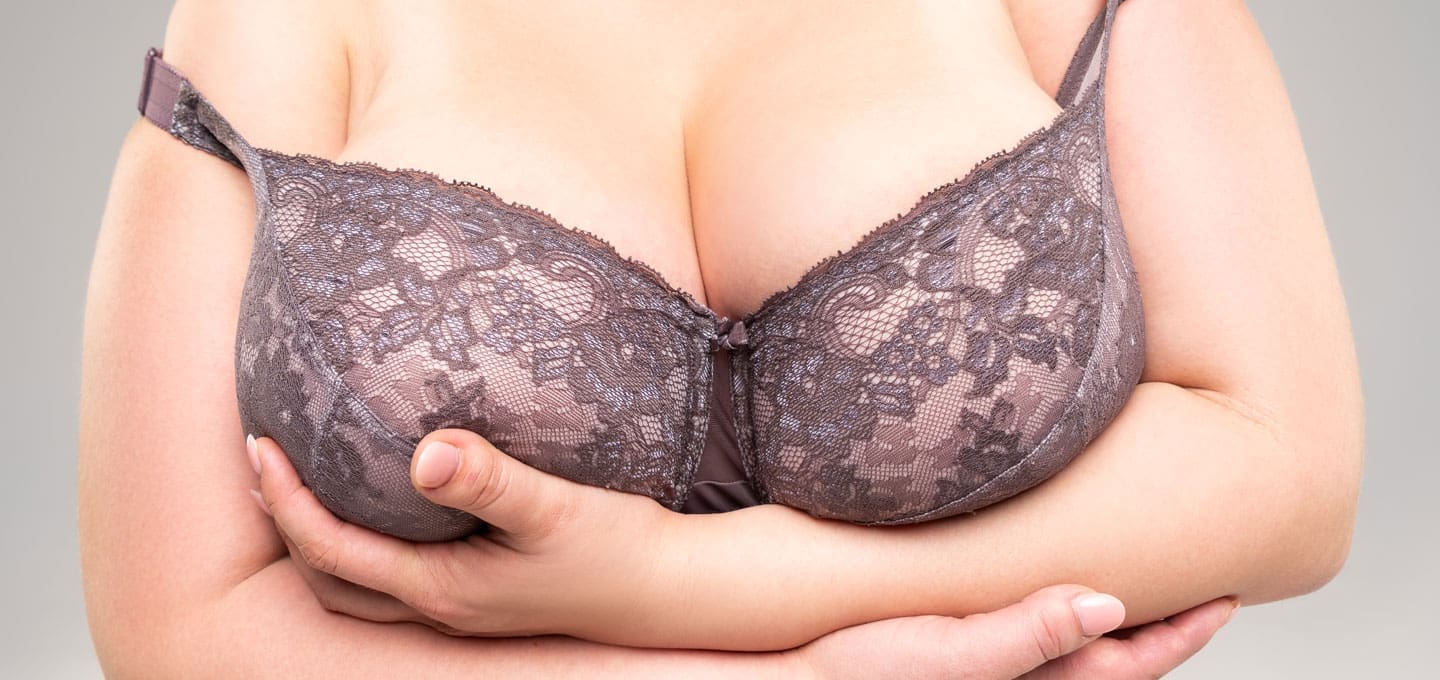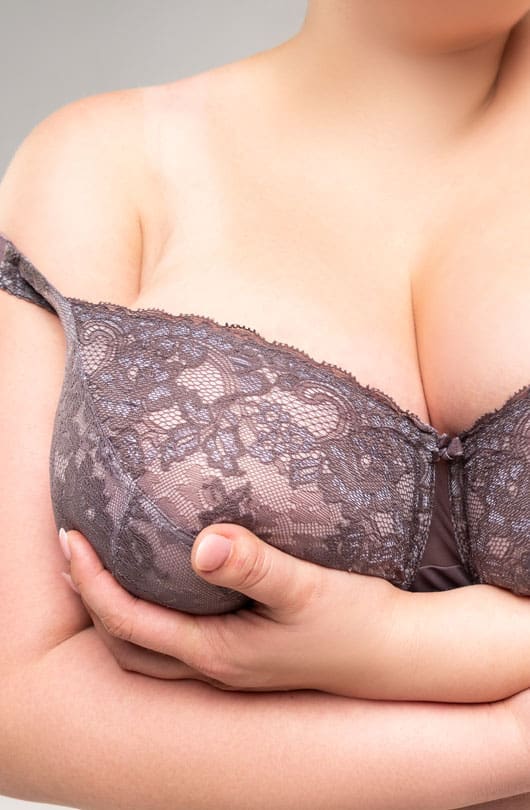The causes of large breasts can be diverse and may include genetic factors, hormonal influences, weight gain, and pregnancy. Genetics play a crucial role in determining breast size, and individuals with a family history of larger breasts may be predisposed to this condition. Hormonal fluctuations, especially during puberty and pregnancy, can contribute to breast tissue development, leading to an increase in size. Additionally, weight gain can result in the accumulation of fat in the breast tissue, further contributing to larger breasts.
The impact of large breasts on appearance and body image is multifaceted. While societal standards often celebrate a variety of body types, cultural norms and media representations sometimes emphasise smaller breast sizes as more desirable. As a result, individuals with large breasts may experience a range of emotions, including self-consciousness, dissatisfaction, or discomfort.
Physical discomfort is another aspect associated with large breasts. The weight of the breasts can cause back, neck, and shoulder pain, as well as skin irritation in the breast crease. Finding well-fitting bras and suitable clothing can also be challenging, influencing clothing choices and potentially impacting self-esteem. As a result of this, many women choose to undergo breast reduction surgery for aesthetic but also lifestyle related reasons. The impact upon day-to-day life of having large breasts can present significant restrictions upon the enjoyment of life. Breast reduction surgery is an extremely effective procedure which can significantly improve functional and aesthetic issues related to having large breasts.










